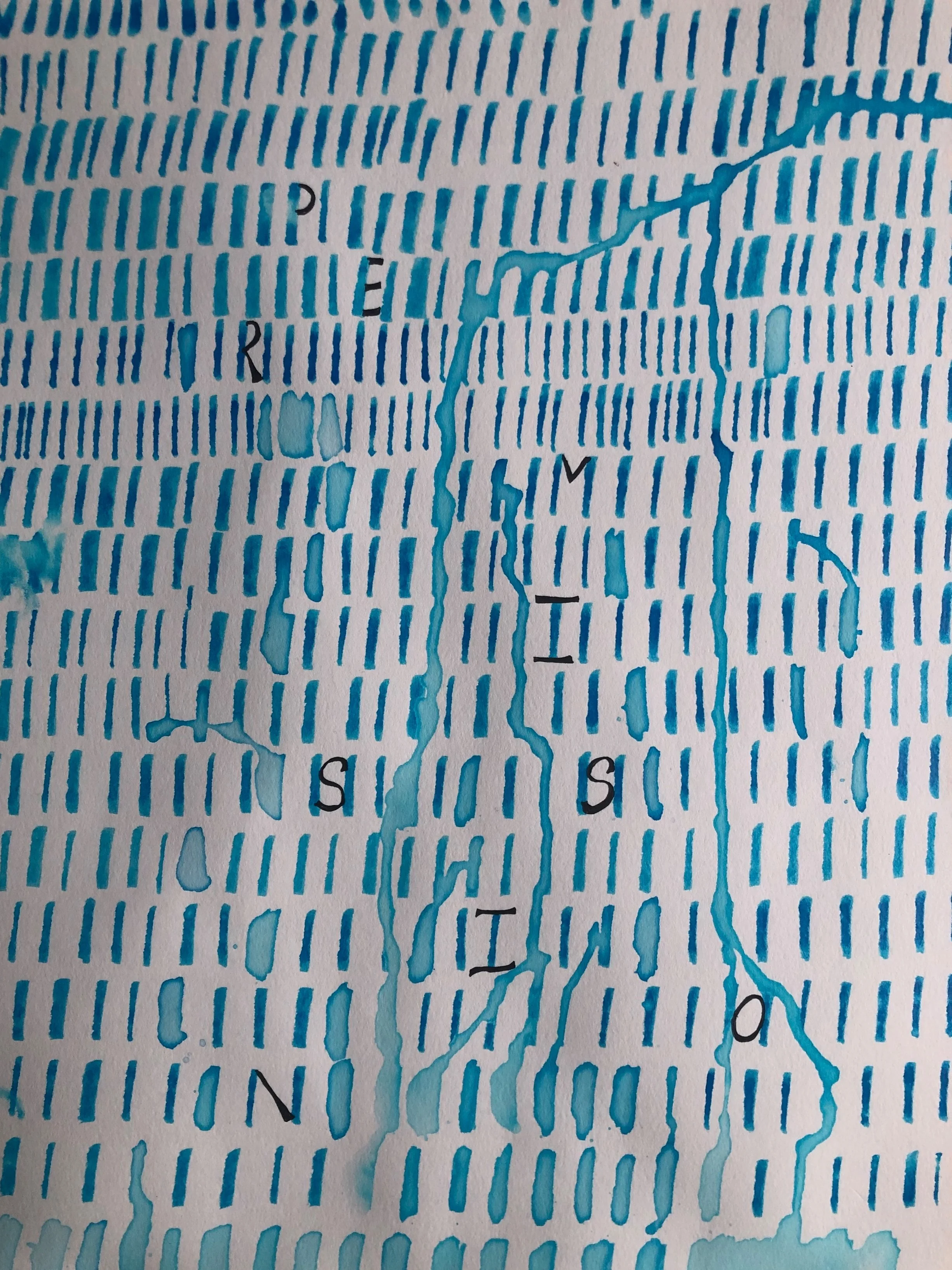Nov 15: Permission
This week one of my morning meditations was about listening to children because they know their truth, they know their bodies, and they know each other. With that in mind, I would like to share a story about thoughts that were sparked by my son.
Two years ago, my son was going to an outdoor daycare. He spent most of his days outside building, creating, throwing, digging with leaves, dirt, water, rocks, ice, snow, and sticks.
One winter day he made an igloo and slide that he was very proud of. The next day, a friend wanted to play with it, but my son was worried that the friend would break his igloo creation.
The teacher noticing his hesitation asked, what would make you feel okay about playing with the igloo together? My son said poking sticks into the igloo and sliding with sticks was not allowed.
This sounded agreeable to the friend and so they began to play. More friends came and they collaborated on more rules as they played together including:
-ask to be pushed down the igloo slide
-one person in the igloo at a time
-don’t eat the snow on the slide because it’s dirty
-and everyone can play if they follow the rules
I was thinking about this story in the context of the relationship between art spaces, artists, arts managers, arts funders, and art audiences. When I think about permissions in the arts, I immediately think about the permissions granted to take photographs and videos of artists/audiences or to eat/drink/clap in an arts space. But, I feel like there is something more.
When do we engage in making “the rules” together? When do we tell each other what we need? What do we collaborate in the space together? When do we reciprocate our permission? When do we build together and how? When do we share our boundaries?
Geraldine M Ysselstein, “Permission” (2024). Watercolour & Ink on Watercolour Paper
This was a creative exercise of making a mark and then repeating it. While the mark may be the same, I could change it based on how much paint, water, pressure, or type of brush I added to it.
This exercise made me think about:
-how doing the same mark over and over can make me feel both calm and anxious
-how I might try to do the same thing over and over, there will still be slight variations
-how there are some places in my life where simplicity, repetition, and predictability is welcomed
-how doing the same thing over and over can allow myself to be creative in other ways
-how at the end I really wanted to change the mark that repeated itself by adding some big drops of water to move the colour
Questions:
In which ways is the non-profit arts and culture sector offering the same experience over and over that allows comfort for some and discomfort for others?
When does the non-profit arts and culture sector examine itself in its repetition and ask for permissions?
What “rules on the igloo” does the non-profit arts and culture sector need to stay the same so it can be creative in other ways?
In which situations is the non-profit arts and culture sector scared of new ideas, new people, new rules, and new ways of doing that might disrupt/break their “igloo” and repeated “mark”?

